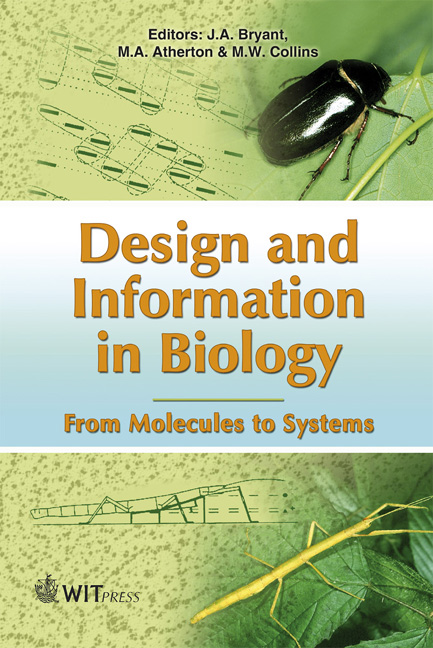Flight
Price
£23.00
Volume
27
Pages
30
Published
2007
Size
422 kb
Paper DOI
10.2495/978-1-85312-853-0/08
Copyright
WIT Press
Author(s)
R.J.Wootton
Abstract
Chapter 8 Flight R.J.Wootton School of Biosciences, University of Exeter, UK. Abstract Most animal species fly. Insects, birds, bats and the extinct pterosaurs evolved powered flight independently, and each group has developed a wide range of adaptations, exploiting the many special opportunities that flight provides. Differing life styles need different flight capabilities and levels of performance. These require a variety of techniques, many employing aerodynamic principles unknown in orthodox engineering; and these in turn are reflected in the animals’ physiology and design: overall structure, size, wing shape and proportions. Understanding the relationships between these variables and the behaviour, life histories, ecology and evolution of the animals is a difficult but fascinating challenge, involving a network of interconnecting experimental, observational and theoretical approaches. 1 Introduction 1.1 Which organisms fly? Flight is widespread in the living world. Powered flight has arisen at least four times: in insects, pterosaurian reptiles, birds, and once – perhaps twice – in mammals; opinion is divided whether bats have a single or a dual origin [1, 2]. Gliding flight, or at least paragliding, has appeared in two families of fish, in several frogs, in snakes, at least five times in other reptiles, three times in marsupials, and at least three times among placental mammals [1, 3]. Gliding seeds, or strictly fruits, are found in some vines (e.g. Alsomitra), and samaras – fruits that rotate like the vanes of autogyros – have evolved independently in conifers, in maples, and in several other plant families [4, 5]. Furthermore many aquatic animals – pteropod snails, some squid, whales, turtles, some birds and many groups of fish – ‘fly’ through the water using tails or paired fins as flapping hydrofoils and employing the same fluid dynamic principles as aerial fliers. Aquatic locomotion is covered elsewhere in this series; the present account is restricted to flight in air. Flight has unquestionably contributed hugely to the evolutionary success of the groups that employ it, allowing ready, fast dispersal and access to habitats and food sources in the three dimensions of space, with consequent niche diversification. This is reflected in the diversity of the
Keywords





